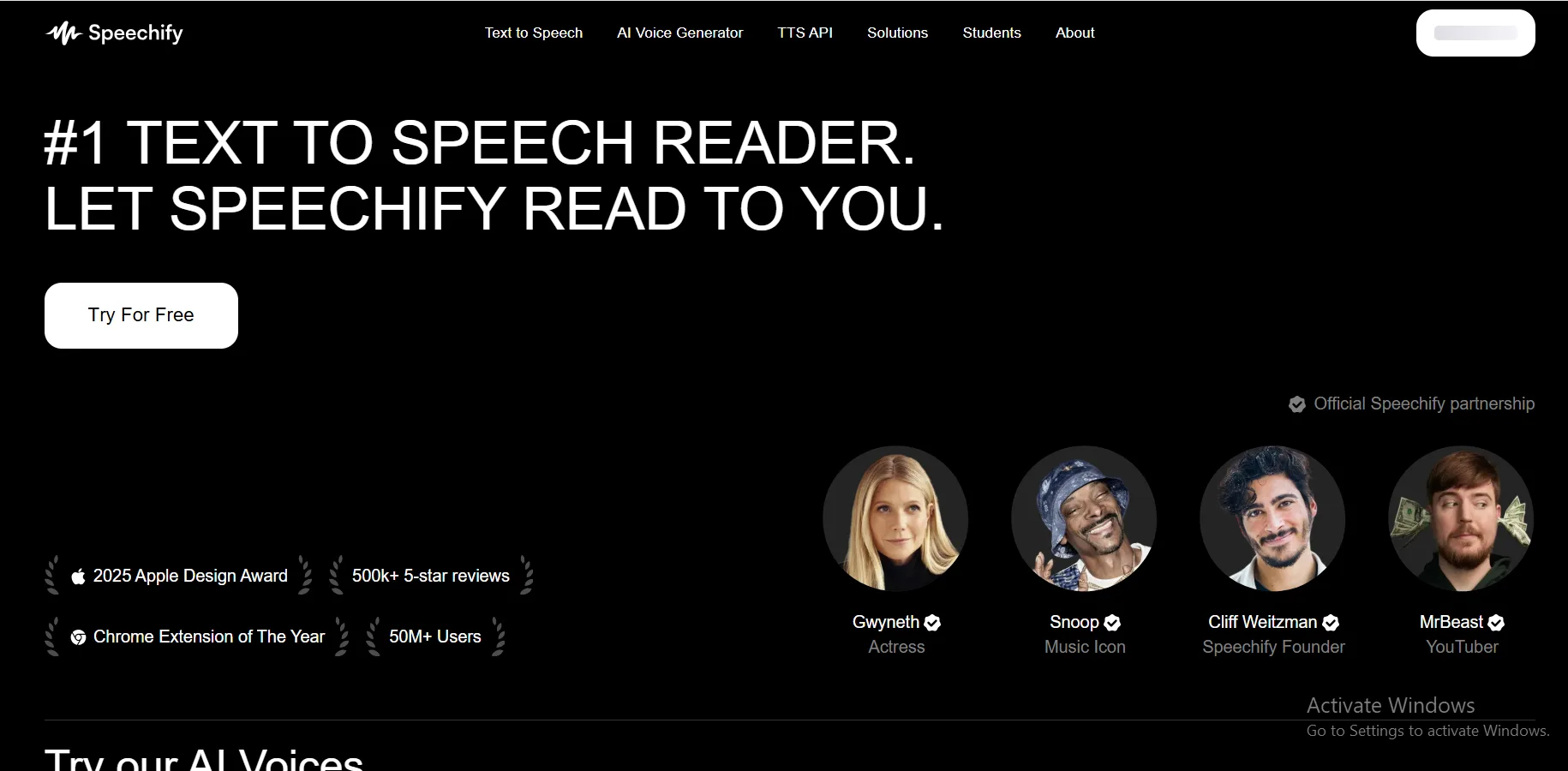Imagine a classroom where every student’s unique needs are met with precision, where technology bridges communication gaps, and teachers have more time to inspire. AI transforming special education professionals face daunting challenges: diverse student needs, time-consuming paperwork, and limited resources. Artificial intelligence (AI) is transforming this landscape, offering innovative solutions that empower educators and students alike.
What is AI in special education? AI in special education uses technologies like machine learning and data analytics to create personalized learning experiences, enhance accessibility, and streamline administrative tasks, revolutionizing education for students with disabilities.
Understanding the Professional’s Challenge
Special education teachers manage a spectrum of disabilities, from dyslexia to autism, each requiring tailored strategies. Crafting and updating Individualized Education Plans (IEPs) is labor-intensive, often diverting time from teaching. Resource constraints—insufficient staffing, outdated tools, and limited technology—further complicate delivering equitable education. Communication barriers and behavioral challenges add to the complexity, demanding innovative solutions to ensure every student thrives.
Five Ways AI Transforming Special Education
1. Personalized Learning Paths

AI creates customized learning experiences by analyzing student data, such as performance, learning styles, and engagement. Machine learning algorithms adjust content difficulty, pacing, and delivery to suit individual needs, ensuring students are neither overwhelmed nor under-challenged.
For example, Khanmigo uses AI to recommend activities and adapt learning paths. A student with dyslexia might receive visual aids, while a math-proficient peer gets advanced problems. Research suggests personalized learning improves academic outcomes by up to 30% for special needs students.
“AI is a catalyst for inclusivity, enabling education tailored to each student’s unique journey.” — Dr. Emily Johnson, Educational Technology Specialist
How to Implement:
- Identify student needs through assessments.
- Select an AI tool like Khanmigo for adaptive learning.
- Monitor progress and adjust settings as needed.
2. Speech and Language Therapy

AI-powered speech recognition tools provide real-time feedback, enhancing therapy for students with speech impairments. These tools assess pronunciation, fluency, and articulation, offering personalized exercises to accelerate progress.
Yoodli delivers instant feedback during therapy sessions, tracking improvements over time. This allows therapists to focus on nuanced interventions, supplementing traditional methods with data-driven insights.
“AI speech tools empower students to communicate confidently, transforming their educational experience.” — Prof. Sarah Lee, Speech Pathology Expert
How to Implement:
- Assess students’ speech challenges.
- Integrate Yoodli into therapy sessions.
- Review AI-generated progress reports regularly.
3. Assistive Technologies

AI enhances accessibility through tools like text-to-speech, speech-to-text, and image descriptions. These technologies ensure students with visual, auditory, or reading disabilities can engage with educational content.
Speechify converts text to audio, aiding students with dyslexia. Its AI adjusts reading speed and voice preferences, making learning more accessible. Similarly, AI-driven image description tools support visually impaired students by narrating visual content.
“Assistive AI technologies break down barriers, making education truly inclusive.” — Dr. Michael Chen, Accessibility Researcher
How to Implement:
- Identify accessibility needs in the classroom.
- Deploy tools like Speechify for text-to-speech support.
- Train students and staff on tool usage.
4. Behavioral Analytics

AI analyzes behavioral data—attendance, participation, emotional cues—to identify patterns and predict support needs. This enables educators to intervene proactively, improving classroom dynamics and student outcomes.
Bloomz tracks behavior and facilitates parent-teacher communication. For instance, AI might flag a student’s increased disengagement, prompting targeted interventions like counseling or modified activities.
“AI behavioral analytics give educators the insights to support students holistically.” — Dr. Laura Kim, Behavioral Education Specialist
How to Implement:
- Set up Bloomz to monitor student behavior.
- Analyze AI-generated reports for patterns.
- Plan interventions based on insights.
5. Tutoring Systems

AI tutoring systems act as virtual tutors, delivering personalized instruction and adaptive assessments. These tools provide one-on-one support, crucial for students needing extra attention.
MobyMax offers tailored lessons across subjects, adjusting difficulty based on performance. For a student with autism, it might present visual-based math problems, enhancing comprehension and engagement.
“AI tutoring systems are like having a dedicated teacher for every student.” — Prof. David Park, Special Education Researcher
How to Implement:
- Choose MobyMax for personalized tutoring.
- Assign lessons based on student needs.
- Review progress to refine learning plans.
AI Tools Overview
| Tool Name | Primary Function | Key Features | Ease of Use | Pricing Model |
|---|---|---|---|---|
| Khanmigo | Personalized learning | Adaptive learning paths, data analytics, supports multiple subjects | Intuitive, minimal training required | Free for teachers, $4/month for learners/parents |
| Yoodli | Speech therapy | Real-time feedback, progress tracking, personalized speech exercises | User-friendly, therapist-guided | Freemium (free plan, paid plans from $11/month) |
| Speechify | Text-to-speech | Customizable audio, supports 60+ languages, accessibility features | Easy to use, student-focused | Freemium (free plan, premium from $12/month) |
| Bloomz | Behavioral analytics & communication | Behavior tracking, parent communication, PBIS tools, 250-language translation | Moderate learning curve | Freemium (free for individuals, premium for schools) |
| MobyMax | Tutoring system | Personalized lessons, adaptive assessments, covers K-8 subjects | Intuitive, teacher-friendly | Freemium (free version, paid licenses from $99) |
Ethical Considerations and Best Practices
AI in special education raises ethical concerns that require careful navigation:
- Data Privacy: Student data, especially in IEPs, must be protected. Use tools compliant with regulations like FERPA.
- Bias Mitigation: AI algorithms can perpetuate biases if not monitored. Ensure tools are tested for fairness.
- Human-Centric Approach: AI should enhance, not replace, teacher-student interactions. Maintain empathy and professional judgment.
Best practices include regular training on AI tools, transparent communication with stakeholders, and continuous evaluation of AI’s impact.

Conclusion
AI is reshaping special education, offering personalized, accessible, and efficient solutions to longstanding challenges. By embracing these tools, educators can create inclusive classrooms where every student thrives. Explore AI tools like Khanmigo, Yoodli, and Speechify to unlock their transformative potential and elevate your teaching practice.
Frequently Asked Questions (FAQs)
What is AI in special education?
AI in special education uses technologies to support students with disabilities through personalized learning, assistive tools, and data analytics, enhancing accessibility and outcomes.
How can AI help students with learning disabilities?
AI offers tailored learning paths, real-time feedback, and assistive technologies like text-to-speech, helping students with disabilities engage and progress effectively.
Are there risks associated with AI in special education?
Risks include data privacy breaches, biased algorithms, and over-reliance on technology. Ethical implementation and human oversight mitigate these concerns.
What are some examples of AI tools in special education?
Tools include Khanmigo (personalized learning), Yoodli (speech therapy), Speechify (text-to-speech), Bloomz (behavioral analytics), and MobyMax (tutoring).
How can teachers integrate AI tools into their classrooms?
Teachers should identify student needs, select appropriate AI tools, train on their use, and integrate them to complement existing teaching methods.






